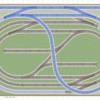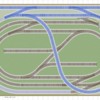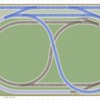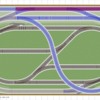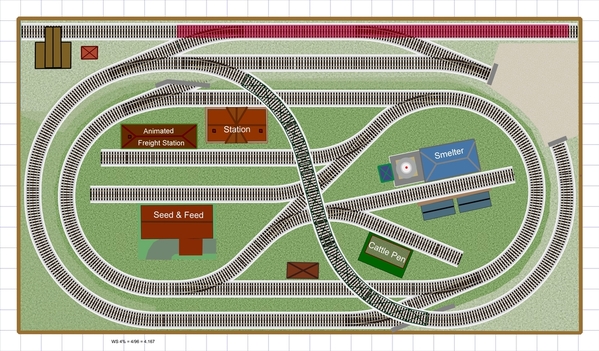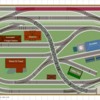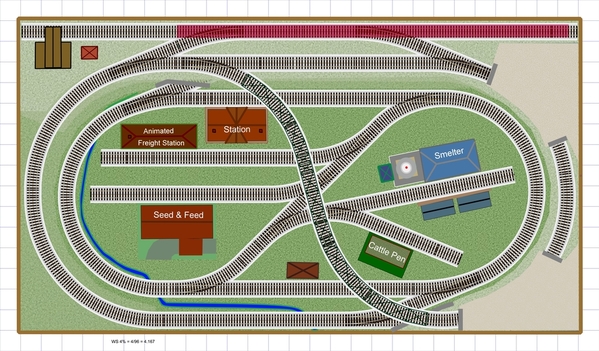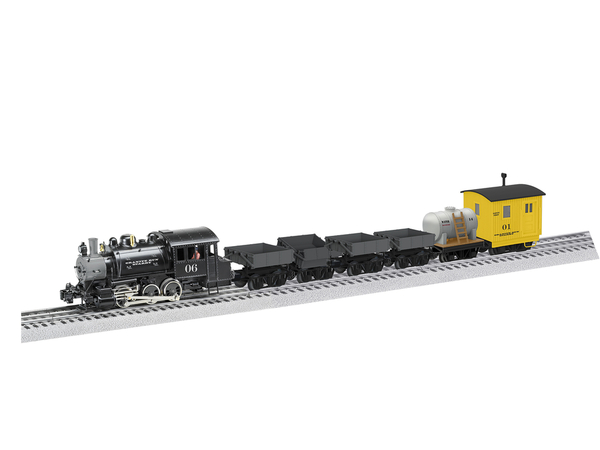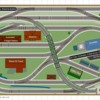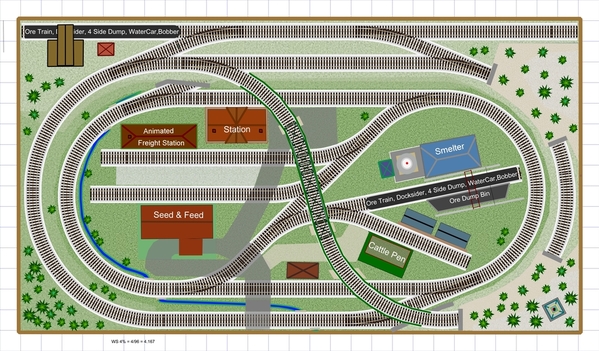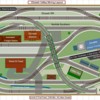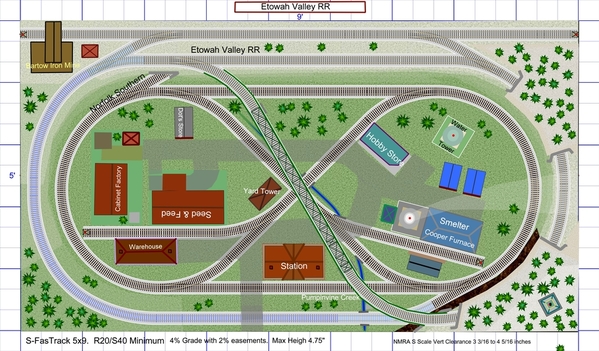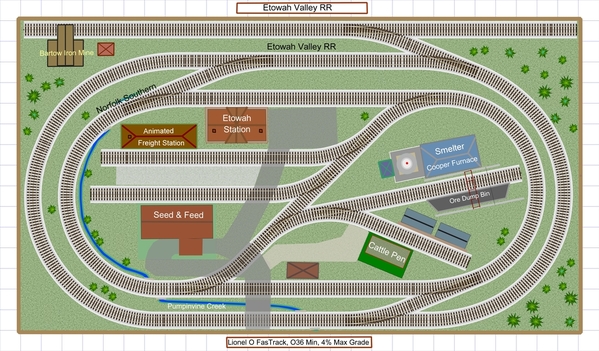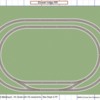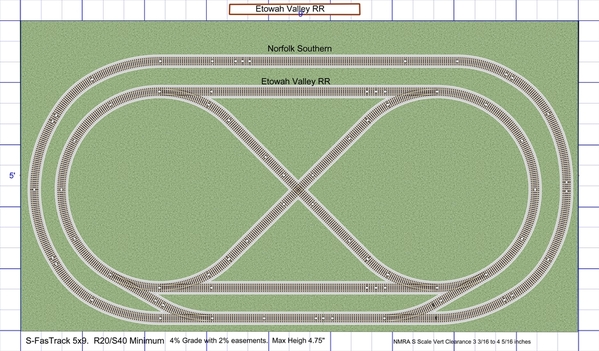I took a close inspection of the loco, and with a flashlight, was able to see that the wheels of the leading truck were not turning as the loco moved. Not at all! They were just skidding around the layout.
So after lubricating, and trying to break them in a bit rotating by hand, I suspected that the pickup wiper might be pressing too hard on the axle - it even looked a bit cockeyed, almost bent. So with a tool, I gently worked it a bit. Not sure if it is making contact now, I did not test with a meter. But, the wheel and axle are now turning as the loco rolls.
And, the loco is no longer stalling on the turnout at its slowest speed. Not even occasionally!
I ran it for more than an hour without a problem - nice! At high speed, the loco and S FasTrack are much quieter than O FasTrack. Very quiet, maybe 15% of the O gauge sound at maximum speed. That is interesting, as the S roadbed is as tall as O, with an echo chamber inside. But the rails are solid, rather than hollow.
Anyway, I would not have expected it to be so quiet, that is a bonus. I did not think that I cared much about the O FasTrack sound, after many years of train running. But after running the S FasTrack, I appreciate the decrease in noise a lot.
I played with the LionChief app, setting the momentum, top speed, and whistle and bell pitch. That was fun! Its a sweet-running beast! I reduced the background chuffing volume, as the FasTrack noise is so much quieter. Nice effect, my wife doesn't hear the train running from across the house as with O gauge, just the whistle.













